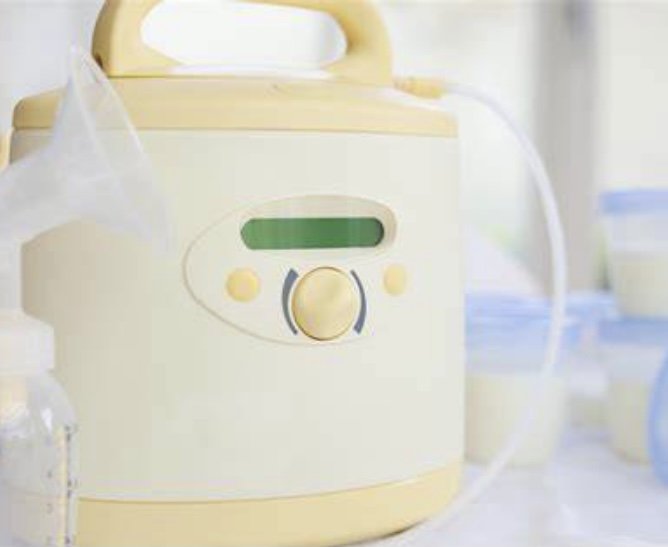Inducing Lactation
Inducing lactation is the process of stimulating milk production in order to produce breast milk for an infant. There are various reasons why a woman might want to induce lactation, such as adopting a baby, having a baby via surrogacy, or the desire to resume a breastfeeding journey that unexpectedly ended.
In this blog, we will discuss the various methods for inducing lactation.
Hormone + Domperidone therapy
The most common method for inducing lactation is by using birth control pills to suppress ovulation and trick the body into thinking it’s experiencing a pregnancy. Domperidone is also used to help increase your milk-making prolactin receptors. It is recommended to begin an oral contraceptive + Domperidone regime at least 6 months before baby arrives. Your Doctor or Midwife can prescribe these medications and monitor their use to ensure safety and efficacy. A Lactation Consultant can also provide personalized support during this process.
Breast stimulation
Another way to help induce lactation is through breast stimulation. This involves pumping approximately 8 times/day with a hospital-grade pump to simulate a baby's suckling action at the breast. The stimulation from the breast pump sends signals to your brain to produce prolactin and oxytocin, which in turn stimulate and support milk production.
Herbs and supplements
Certain herbs and supplements have been used for centuries to support milk production. These herbs are often referred to as herbal galactagogues. Galactagogues are anything that promotes breast milk production. Some of the most popular herbs used for lactation include fenugreek, blessed thistle, fennel, moringa, shatavari, and goat’s rue. These herbs can be taken in the form of teas, capsules, or tinctures. However, it's important to note that the safety and efficacy of these herbs have not been extensively studied, and their use should always be discussed with a healthcare provider.
Moringa Oleifera
Fiber-rich foods
Fiber-rich foods can also be helpful in supporting lactation. Some of the most common fiber-rich foods for breastfeeding mothers include oatmeal, flax, chia, hemp, brewer’s yeast and wheat bran. Brewer’s yeast is also high in iron which can be helpful when inducing lactation. Some moms will make lactation cookies or muffins that contain fiber-rich ingredients and are also quite tasty to eat!
Skin-to-skin contact
Skin-to-skin contact with a baby can also help stimulate milk production. When a baby is placed on a mother's bare chest, oxytocin is released which helps with milk production and let-down. Even if the baby is not able to breastfeed, regular skin-to-skin contact can help with inducing lactation.
Patience and persistence
Inducing lactation can be a lengthy process. It's important to be patient and persistent as this journey often takes many months and can feel quite discouraging at times. Having a clear and concise protocol in addition to a supportive healthcare team is important to ensure your milk supply increases accordingly.
It's important to note that inducing lactation can be challenging and may not be successful for everyone. It's important to have realistic expectations and to work closely with a healthcare provider to ensure safety and success.
Here are some additional tips to help with inducing lactation:
Begin breast stimulation several months before the expected start of breastfeeding to give the body enough time to produce milk.
Consistency is key. Breast stimulation should be done regularly and frequently to help stimulate milk production.
Use a high-quality breast pump that is designed for lactation induction. A healthcare provider can recommend a pump that is best suited for your needs.
Keep a lactation journal to track progress and identify any issues that may arise.
Seek support from other mothers going through the same process or who have been able to successfully breastfeed after inducing lactation. Support groups and lactation consultants can be a valuable resource.
Inducing lactation is possible using a combination of methods including hormone therapy, Domperidone, breast stimulation, herbs and supplements, lactation-supporting foods, skin-to-skin contact, and patience and persistence.
It's important to work closely with a healthcare provider to ensure safety and success. With the right approach and support, it is possible to induce lactation and have a fulfilling breastfeeding journey.
If you are considering inducing lactation and would like to learn more about the process, reach out to Nourish Lactation. We have supported multiple mamas over the years to induce lactation and feel confident we can support your feeding goals.





